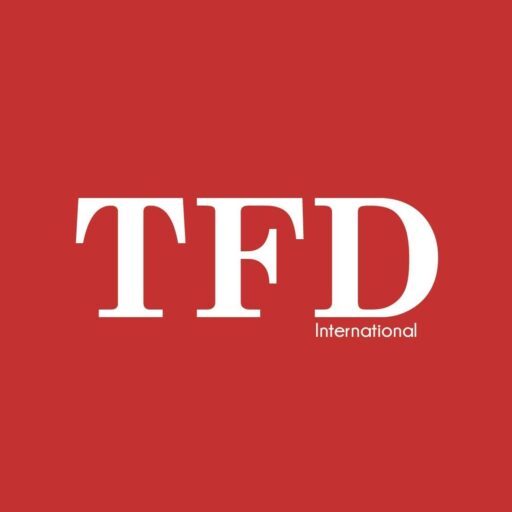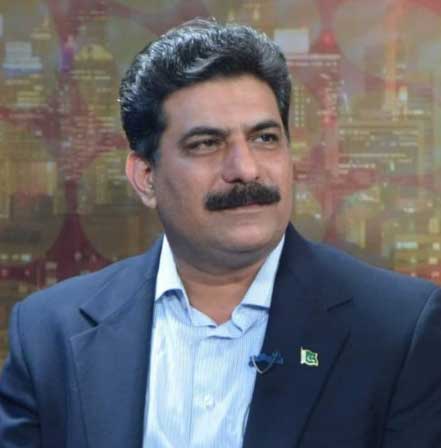KARACHI: It is not every day that the Pakistan Stock Exchange (PSX) captures global headlines, but as FY25 concluded, the PSX did just that – surging to an unprecedented 125,627 points. The historic rise, capping off a year of consistent growth, is not merely a statistical feat; it is an economic statement of Pakistan’s re-emergence as a credible, investable market under stable, reform-driven governance.
Twelve months ago, Pakistan’s markets were reeling from political instability, dwindling reserves, and macroeconomic uncertainty. Investor sentiment was cautious at best, with foreign institutions closely watching Islamabad’s fiscal manoeuvres.
Fast forward to June 30, 2025, and the landscape has shifted decisively. The KSE-100 index, the bellwether of investor confidence, ended the fiscal year with a spectacular 1,248-point surge-touching 125,748 intraday before settling slightly below. On the first trading session of FY26, the index rocketed even higher, breaching 127,927 points. Such moves are not random market flickers – they are the product of policy maturity, international confidence, and stabilised fundamentals.
At the heart of this bullish revival lies a confluence of internal reforms and external endorsements. The present government, led by Prime Minister Shehbaz Sharif, has focused sharply on stabilisation, fiscal consolidation, and foreign investment revival. His administration’s commitment to structural reforms – particularly those aligned with the International Monetary Fund (IMF)’s Extended Fund Facility (EFF) – has helped reframe Pakistan’s economic trajectory from risk to reliability.
One of the most decisive moments came with China’s timely rollover of $3.4 billion in commercial loans. This move allowed Pakistan to not only meet but slightly exceed the IMF’s foreign reserves benchmark of $14 billion. It was a clear signal to global financial markets: Pakistan was not only staying afloat, but sailing forward with renewed discipline.
Confidence begets confidence. The IMF’s continued engagement, the World Bank’s positive country outlook, and renewed assistance from the Asian Development Bank (ADB) have all reinforced the credibility of Pakistan’s macroeconomic stabilisation roadmap. Rating agencies like Fitch and Moody’s, while historically conservative, are beginning to take note – citing progress in fiscal reforms, tax rationalisation, and external account stability.
Meanwhile, Bloomberg, in its June-end global emerging markets commentary, spotlighted the PSX as “South Asia’s best-performing stock exchange in FY25”, noting the “robust liquidity, sectoral strength, and macro policy turnaround under the current administration.” Such praise from globally respected platforms serves to validate what domestic indicators already suggest: Pakistan’s economic revival story is no longer aspirational – it is actionable.
Fiscal year-end rallies are often emotional, but FY25’s closing bull run was deeply rational. The federal budget for FY2025-26 announced by Finance Minister Muhammad Aurangzeb sent all the right signals to capital markets: commitment to fiscal discipline, a broadened tax net, social safety nets for the vulnerable, and continued investment in infrastructure.
Most crucially, it made clear that Pakistan would remain committed to IMF conditions without compromising on public service delivery. This balancing act impressed investors, particularly foreign portfolio managers, who are highly sensitive to signals of macro slippage.
After years of institutional standoffs and courtroom theatrics, FY25 will be remembered as a year where Pakistan’s political narrative matured. The return to constitutional governance, with a coalition under Prime Minister Shehbaz Sharif providing consistency, allowed for a focus on governance rather than grandstanding.
For investors, especially in volatile emerging markets, political stability is the bedrock of economic confidence. The reduced noise on the streets and in the courts created a conducive environment for long-term capital to begin returning. It is no surprise, then, that foreign portfolio investment in Pakistani equities has risen nearly 36% YoY, with sectors like banking, fertiliser, oil and gas, and telecom leading the charge.
On the final day of FY25 alone, total trading volume crossed 1.14 billion shares, with a record Rs35.1 billion turnover. Key players such as HBL, UBL, FFC, and Bank Al Habib not only led index performance but also signalled strong corporate earnings ahead. The robust performance of these blue-chip companies reflected improved business confidence and forward-looking corporate planning – directly tied to macro predictability.
Even small and mid-cap stocks witnessed renewed interest, with WorldCall Telecom clocking an eye-popping 139.8 million shares in a single day. These volumes are indicative of a market not just rallying but deepening – a critical sign for long-term sustainability.
Is this rally sustainable? The fundamentals suggest so. The rupee
See#19 Page7





